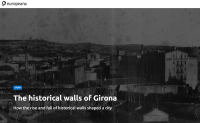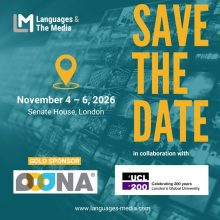From Coimbra to Vieira de Leiria in the city of Marinha Grande in Portugal follows the International Art Exhibition of Surrealism Now 2019
Open January 26 of 2019 and stands for indefinite duration in the Municipal Gallery of Vieira de Leiria in the Municipality of Marinha Grande, the International Surrealism Now is the world’s largest surrealist exhibition in the 21th century.
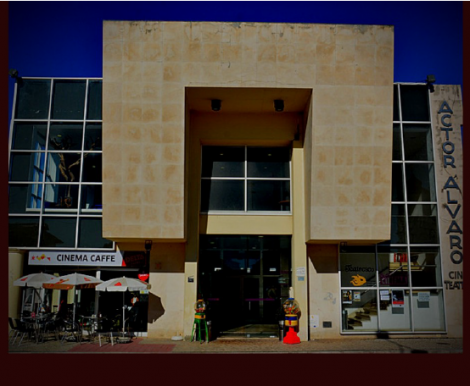
Municipal Gallery of Vieira de Leiria
Presenting so far 118 of the main surrealist artists from 49 countries of the five continents, continuing its work this time in the city of Marinha Grande in the Municipal Gallery of Vieira de Leiria, after having already passed through the cities of Lisbon, Porto, Setubal, Amadora, Lousã, Aveiro, Coimbra, Conimbriga Museum and in the Medieval Castle of Ega’s palace.
This ground breaking project is presented by Santiago Ribeiro, Portuguese surrealist painter, dedicated to promoting Surrealism of the 21st century, through exhibitions presented over the last 8 years in various parts of the world: Berlin, Moscow, Dallas, Los Angeles, Mississippi, Warsaw, Nantes, Paris, London, Florence,Madrid, Granada, Barcelona, Lisbon, Belgrade, Monte Negro, Romania, Japan, Taiwan and Brazil.
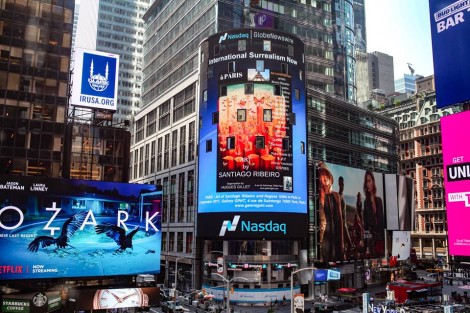
International Surrealism Now of the 21st century presents a strong force for freedom of creativity, love and hope. This can be see in the works of the personal visions of 118 of the world’s leading surrealism artists representing the hopes, dreams and idealogies of 49 countries proposing new perspectives, solutions and healing journeys.
Artists:
Achraf Baznani, Morocco / Agim Meta, Spain / Aissa Mammasse, Algeria / Alessio Serpetti, Italy / Alvaro Mejias, Venezuela / Ana Neamu, Romania / Ana Pilar Morales, Spain / Andrew Baines, Australia / Aquilino Ferreira, Portugal / Asier Guerrero Rico (Dio), Spain / Brigid Marlin, UK / Bien Banez, Philippines / Can Emed, Turkey / Carlos Sablón, Cuba / Cătălin Precup, Romania / Cristian Townsend, Australia / Conor Walton, Ireland / Cynthia Tom, China / USA / Dag Samsund, Denmark / Daila Lupo, Italy / Dan Neamu, Romania / Daniel Chiriac, Romania / Daniel Hanequand, France / Canada / Daniele Gori, Italy / Delphine Cencig, France / Dean Fleming, USA / Domen Lo, Slovenia / Edgar Invoker, Russia / Efrat Cybulkiewicz, Venezuela / Egill Eibsen, Iceland / Erik Heyninck, Belgium / Ettore Aldo Del Vigo, Italy / Farhad Jafari, Iran / France Garrido, USA / Francisco Urbano, Portugal / Gabriele Esau, Germany / Genesis Cabrera, USA / Graça Bordalo Pinheiro, Portugal / Graszka Paulska, Poland / Gromyko Semper, Philippines / Gyuri Lohmuller, Romania / Hector Pineda, Mexico / Hector Toro, Colombia / Henrietta Kozica, Sweden / Hugues Gillet, France / Isabel Meyrelles, Portugal / Iwasaki Nagi, Japan / James Skelton, UK / Jay Garfinkle, USA / Jay Paul Vonkoffler, American / Argentine / Jimah St, Nigeria / Joanna Budzyńska-Sycz, Poland / João Duarte, Portugal / Keith Wigdor, USA / Leo Wijnhoven, Netherlands / Leo Plaw, Germany / Liba WS, France / Lubomír Štícha, Republic Czech / Ludgero Rolo, Portugal / Lv Shang, China / Maarten Vet, Netherlands / Maciej Hoffman, Poland / Magi Calhoun, USA / Marnie Pitts, UK / Maria Aristova, Russia / Mario Devcic, Croatia / Martina Hoffman, Germany / Mathias Böhm, Germany / Mehriban Efendi, Azerbaijan / Naiker Roman, Cuba / Nazareno Stanislau, Brazil / Nikolina Petolas, Croatia / Octavian Florescu, Canada / Ofelia Hutul, Romania / Oleg Korolev, Russia / Olesya Novik, Russia / Olga Spiegel, USA / Otto Rapp, Austria / Paula Rosa, Portugal / Paulo Cunha, Canada / Pedro Diaz Cartes, Chile / Penny Golledge, UK/ Peter MC LANE, France / Philippe Pelletier, France / Roch Fautch, USA / Rodica Miller, USA / Ruben Cukier, Argentine / Israeli / Rudolf Boelee, New Zealand / Russbelt Guerra, Peru / Sabina Nore, Austria / Sampo Kaikkonen, Finland / Santiago Ribeiro, Portugal / Sarah Zambiasi, Australia / Serge Sunne, Latvia / Sergey Tyukanov, Russia / Shahla Rosa, USA / Shoji Tanaka, Japan / Shan Zhulan, China / Shia Weltenmenge, Germany/ Sio Shisio, Indonesia / Slavko Krunic, Serbia / Sônia Menna Barreto, Brazil / Steve Smith, USA / Stuart Griggs, UK / Svetlana Kislyachenko, Ukraine / Svetlana Ratova, Russia / Tatomir Pitariu, USA / Tersanszki Cornelia, Romania / Ton Haring, Netherlands / Victor Lages, Portugal / Vu Huyen Thuong, Vietnam / Yamal Din, Morocco / Yuliya Patotskaya, Belarus / Yuri Tsvetaev, Russia / Zoltan Ducsai, Hungary / Zoran Velimanovic, Serbia.
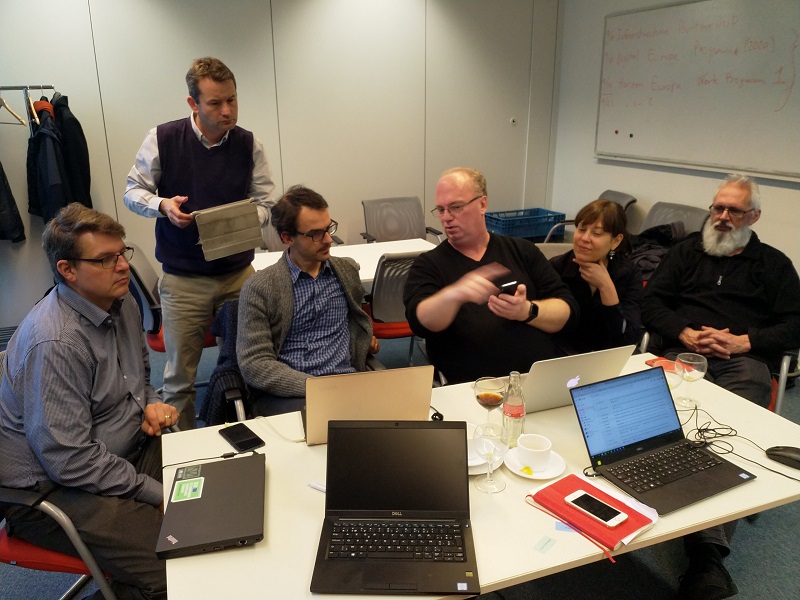
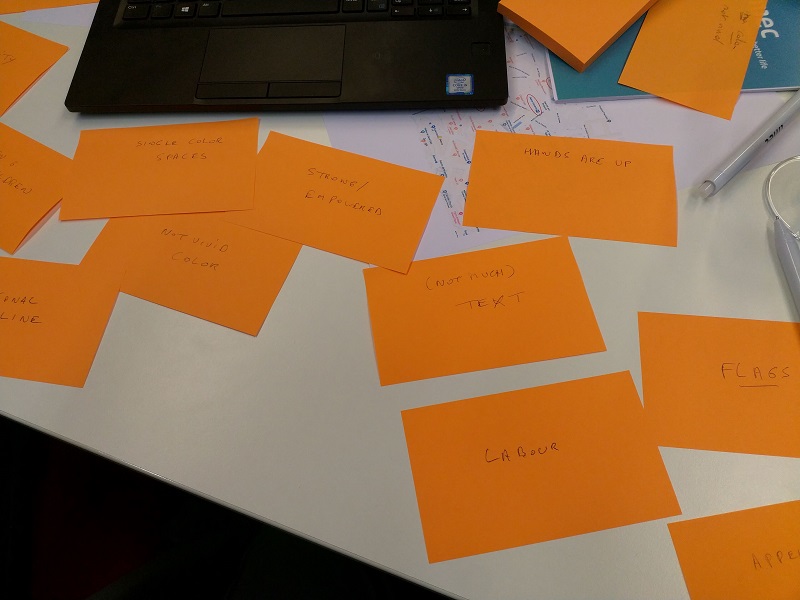


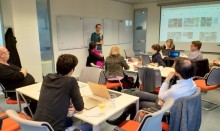
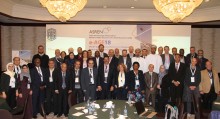
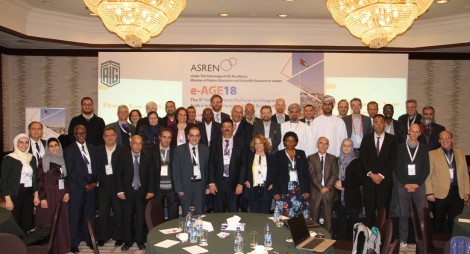
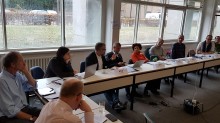
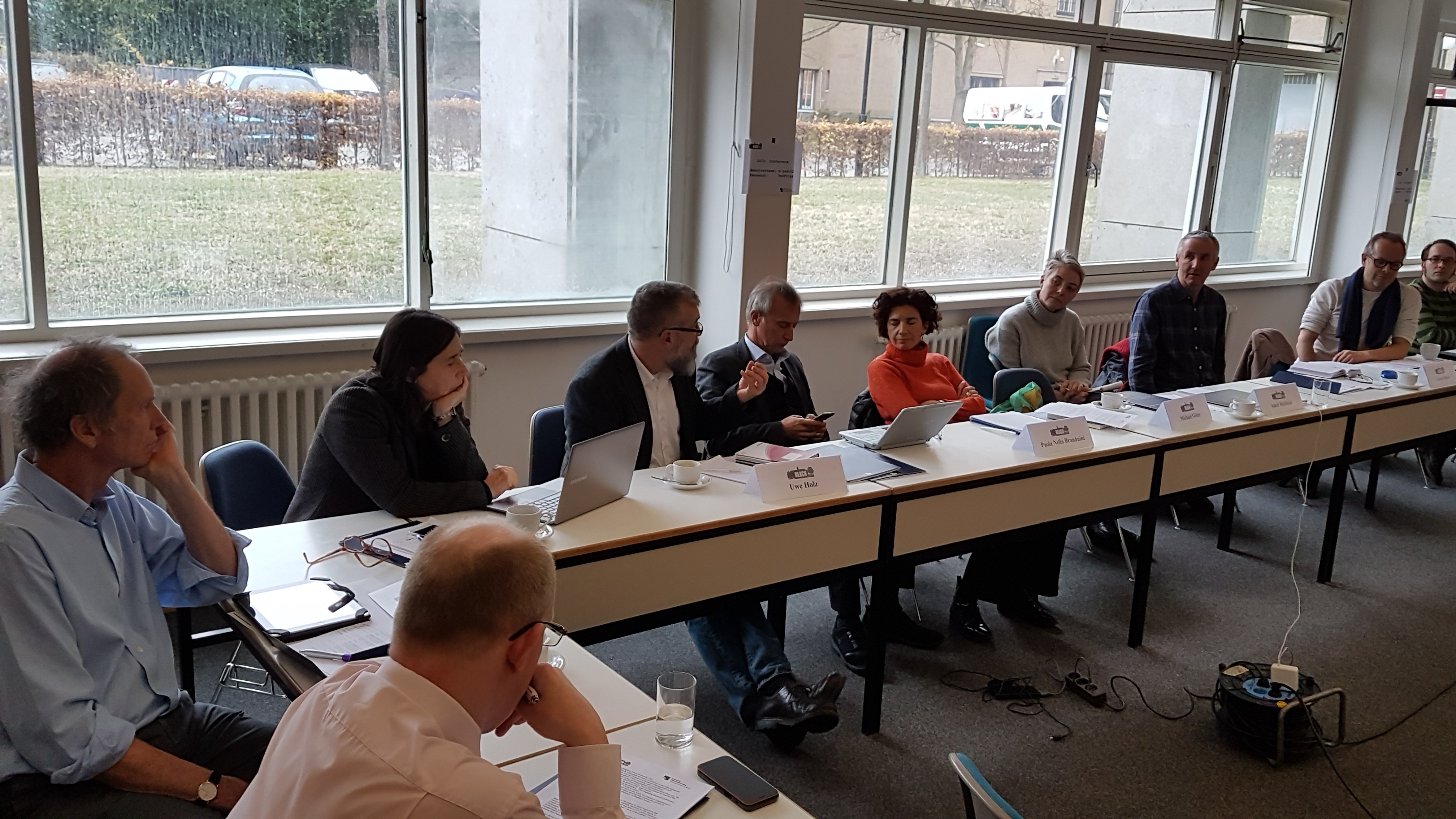
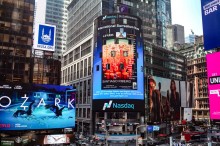


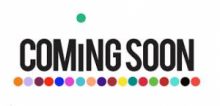
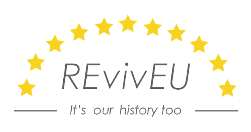 REvivEU is a project financed by the EU in the framework of the European Year of Cultural Heritage. The objective is to realize a series of pop-up exhibitions across 2019 in various European cities, to celebrate the diversity of European cultural heritage and to empower citizens in a more participative approach to cultural heritage. The exhibitions will be co-created joining institutional cultural heritage with crowdsourced stories and personal items. Each exhibition will be mixed physical-digital and highly interactive for the visitors, including a contest for the best cultural items presented in the exhibitions. The most voted crowdsourced item in each city will grant the holder a trip to Brussels for participating in the final event of REvivEU.
REvivEU is a project financed by the EU in the framework of the European Year of Cultural Heritage. The objective is to realize a series of pop-up exhibitions across 2019 in various European cities, to celebrate the diversity of European cultural heritage and to empower citizens in a more participative approach to cultural heritage. The exhibitions will be co-created joining institutional cultural heritage with crowdsourced stories and personal items. Each exhibition will be mixed physical-digital and highly interactive for the visitors, including a contest for the best cultural items presented in the exhibitions. The most voted crowdsourced item in each city will grant the holder a trip to Brussels for participating in the final event of REvivEU.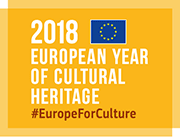 10 European cities – Cultural heritage and local history – Co-creation and crowdsourcing
10 European cities – Cultural heritage and local history – Co-creation and crowdsourcing
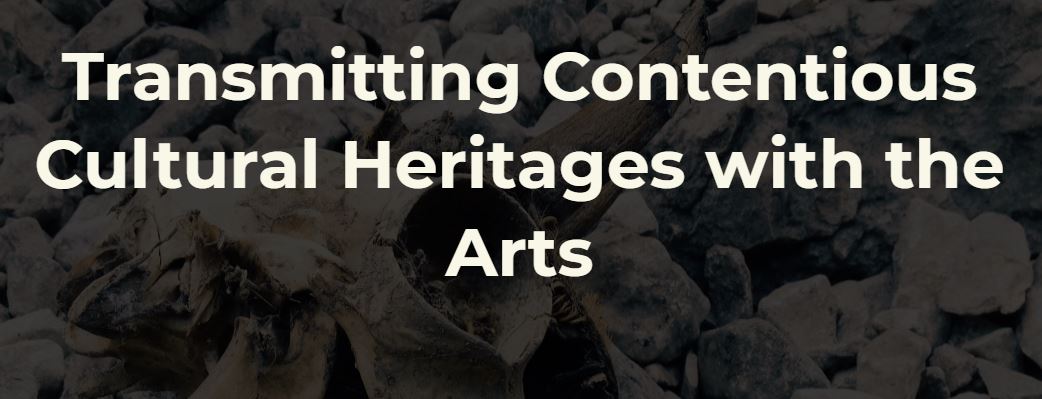
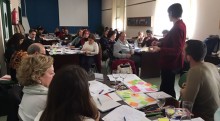
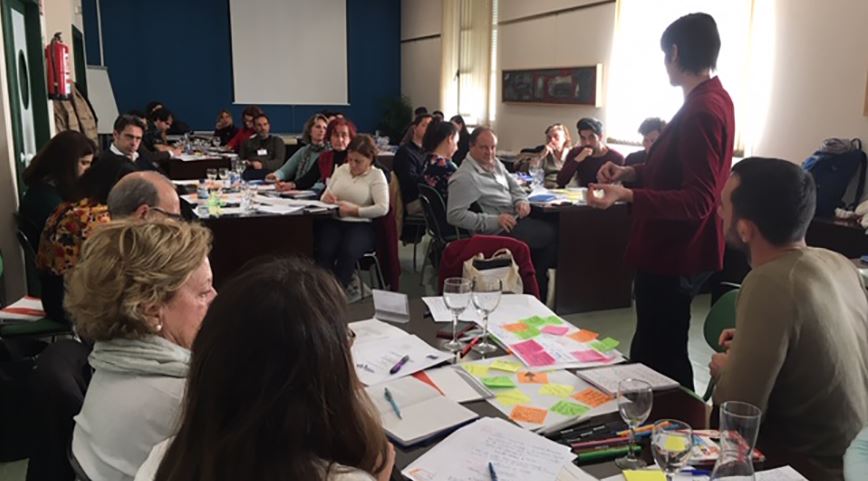
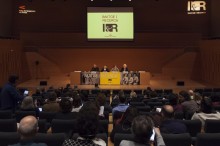
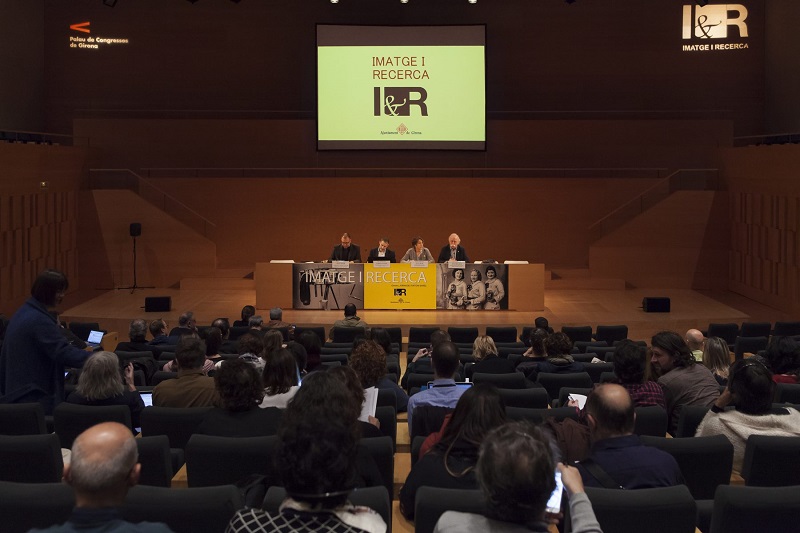
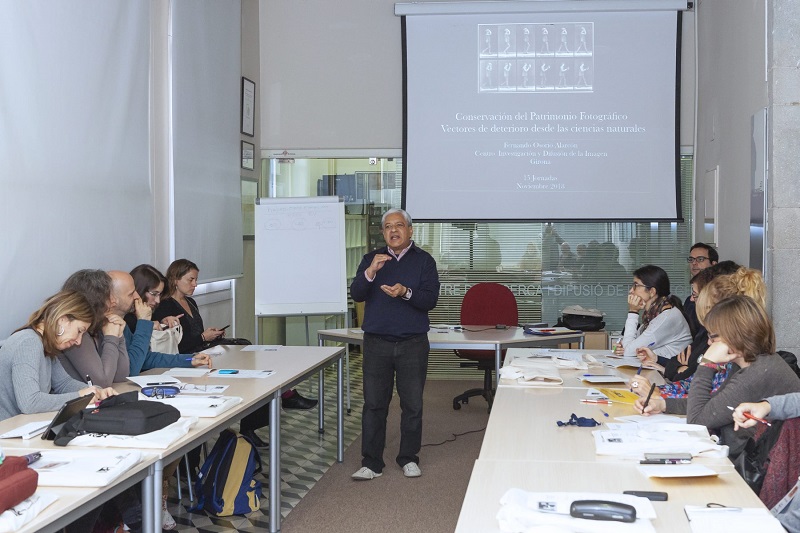
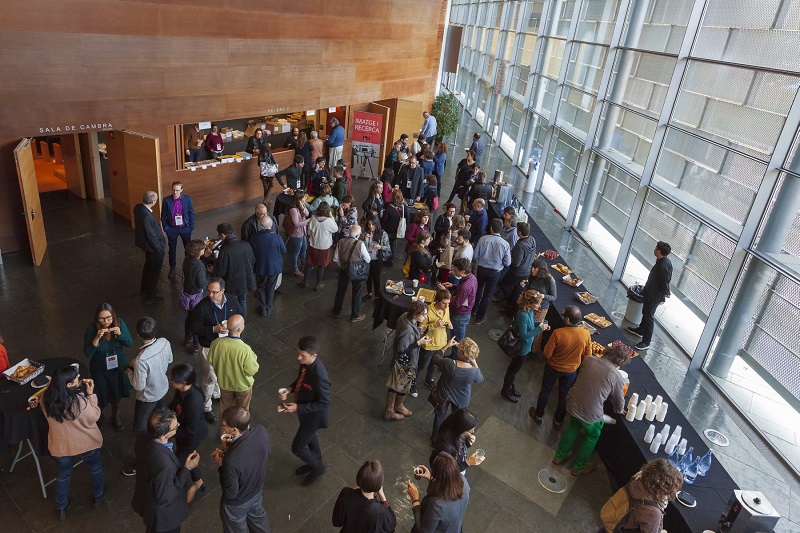
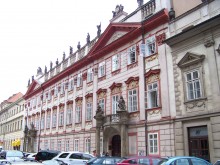
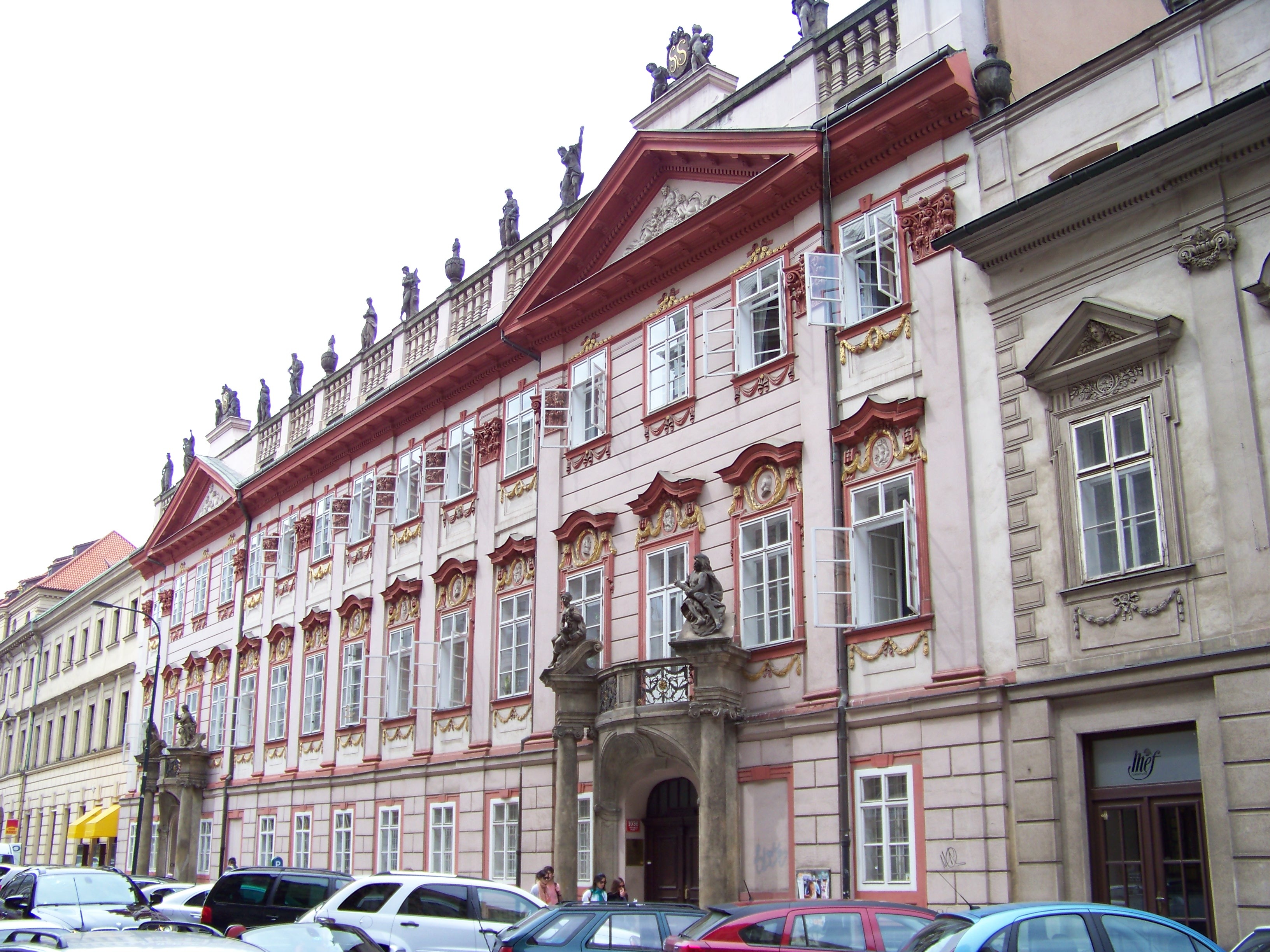
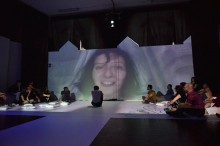
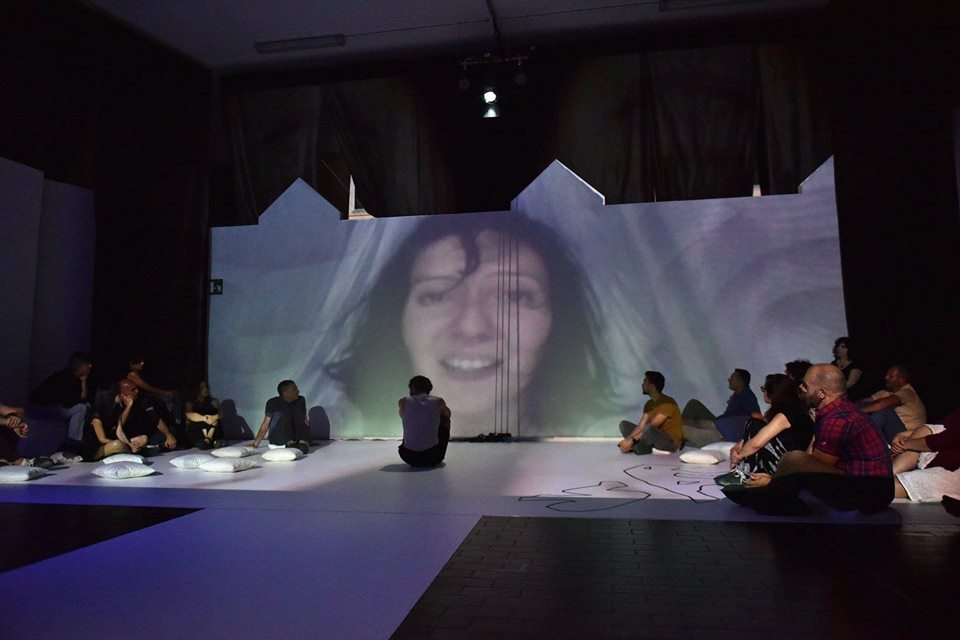
 After the show of Sunday evening, it will be presented also a conference open to the whole audience and addressed in particular to the small and medium cultural and artistical companies or show business enterprises, about the results of the project called A.R.T.E and the experience of augmented theatre reality we have done in this artistical technological residence.
After the show of Sunday evening, it will be presented also a conference open to the whole audience and addressed in particular to the small and medium cultural and artistical companies or show business enterprises, about the results of the project called A.R.T.E and the experience of augmented theatre reality we have done in this artistical technological residence.


























